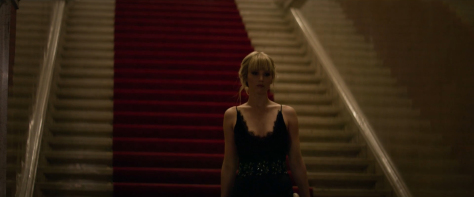 by Elaine Cotoner
by Elaine Cotoner
“You see, but you do not observe. The distinction is clear.” Sherlock Holmes said to John Watson, but he could’ve meant any of us.
Psychologist Maria Konnikova teaches us how we can think like the great fictional consulting detective in her book Mastermind: How to Think Like Sherlock Holmes.
System Holmes and System Watson
Konnikova said our brains think in two ways: System Holmes and System Watson. System Holmes is slow and more deliberate, while System Watson fast, intuitive and reactionary.
To think like Sherlock Holmes, we have to follow his way of thinking. And that starts way before observation; it starts with the brain attic.
The Brain Attic
Sherlock Holmes thinks of the brain as an empty attic which one has to stock wisely. “It is of the highest importance, therefore, not to have useless facts elbowing out the useful ones.”
That doesn’t mean that we should live a boring life filled only with textbooks. Even Sherlock pursues his curiosities. But he takes care not to take up too much space in the attic. Instead, he stores the memory of a book or a reference material, which he can just read if he wants to.
The Deduction Process
Sherlock’s deduction process may seem lightning fast, but he got there by years of practice. In reality, the deduction process involves observation, imagination, and deduction to reach a conclusion. Skipping these steps or “jumping to conclusions” is what we need to avoid if we want to think like the great detective.
Observation
How do move from seeing to observing? Konnikova suggests the following steps:
Be Selective
Define your objectives and the necessary elements to achieve them. Focus on that. Distraction disrupts the whole process
Be Objective
We believe what we want to see. Separate yourself from what we’re seeing to avoid bias that clouds our judgments.
Be Inclusive
Don’t just see; involve all your other senses. Touch things, smell them. Hold off on the licking until you really need to.
Be Engaged
The mind needs to be involved; otherwise, it will miss the details.
Imagination
“Once you eliminate the impossible, whatever remains, no matter how improbable, must be the truth.” – Sherlock Holmes
To reach the improbable solution, we need to take a step back and let our imagination lead us. Do an unrelated activity that distances you from the problem. Sherlock plays the violin. John takes long walks.
Deduction
Deduction is the final navigation where we put together all the details into a cohesive conclusion. We have to look, reflect, and inhibit our initial response. To practice, take Shane Frederick’s Cognitive Reflection Test. It’s just three questions.
Talking out loud also forces reflection. That’s why Sherlock talks through his deductions to John—aside from impressing him of course.
Conclusion
We don’t need to use System Holmes about everything, but it helps to know these steps when we really need them. Konnikova ends the book in a humbling note: even Sherlock Holmes and Arthur Conan Doyle makes mistakes. And that’s okay.
Share this:




